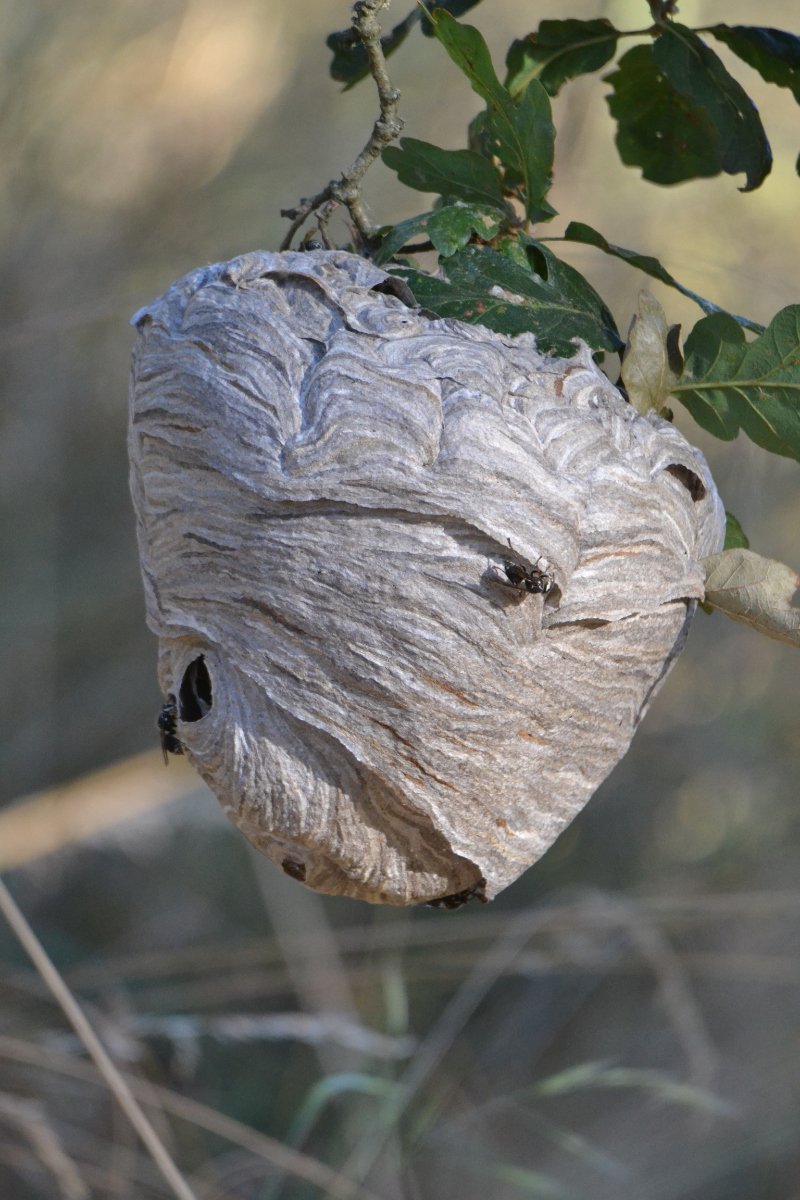I was sitting at the edge of the river seeing what interesting animals might wander by, when this little creature hopped out in front of me. At first, I thought it was a frog. I leaned over for a closer look, it hopped again, and at second glance, it still seemed like a tiny frog. I slowly moved over to examine it closer again, and realized that it was… an insect? I watched it for a few minutes, and I finally saw its legs as it crawled out onto these small pebbles. What in the world is this amazing little animal?! I just had to watch it hop again, so I nudged it with a leaf. It seriously hopped just like a frog or a toad.
Meet the Toad Bug! It has a small, oval shape. It is 3/8” long and is two-thirds as wide as it is long. It could easily fit within the space of my thumbnail. It has bulging eyes at the sides of the head and the sides of the prothorax are projecting. Its legs are yellowish with brownish bands. Its mottled dark gray color blends in well with the surrounding stones and gives it great camouflage. Its diet consists of smaller insects which there are plenty of along the shore.
Seeing this interesting creature was a reminder that I never really know what wondrous lifeforms I will encounter or the inspiring experiences I will have every time I am out in nature. I hope to see you out there.
Resource
Milne, Lorus Johnson, and Margery Milne. The Audubon Society Field Guide to North American Insects and Spiders. Knopf : distributed by Random House, 1980.



























































